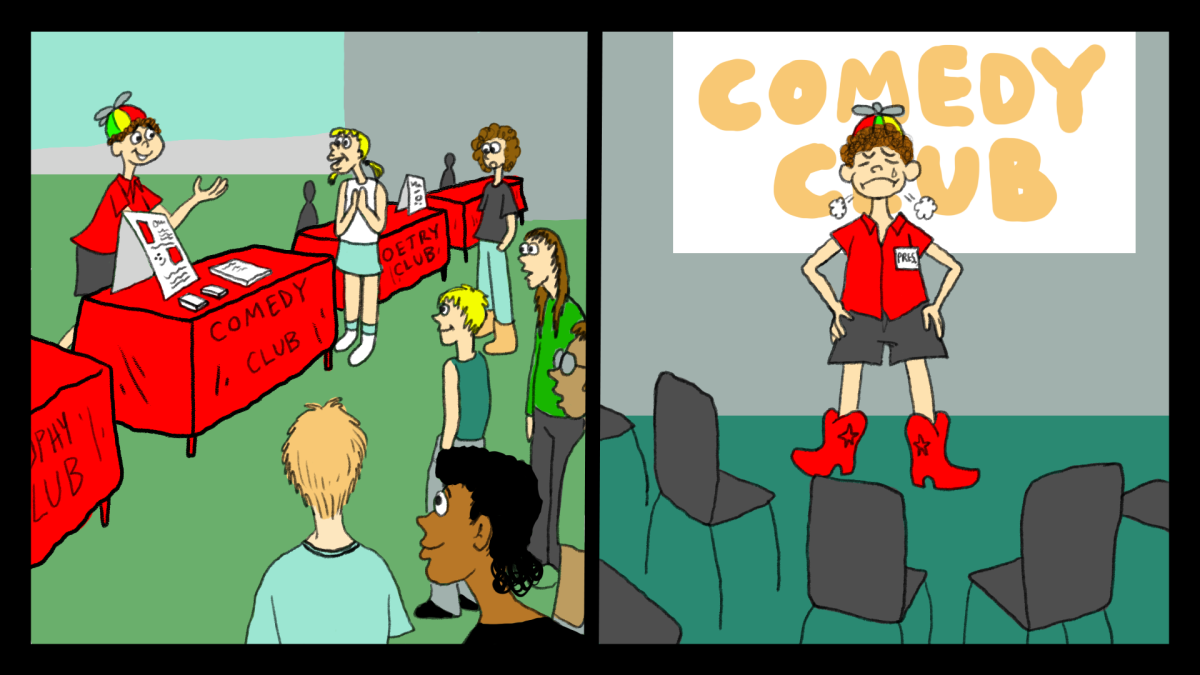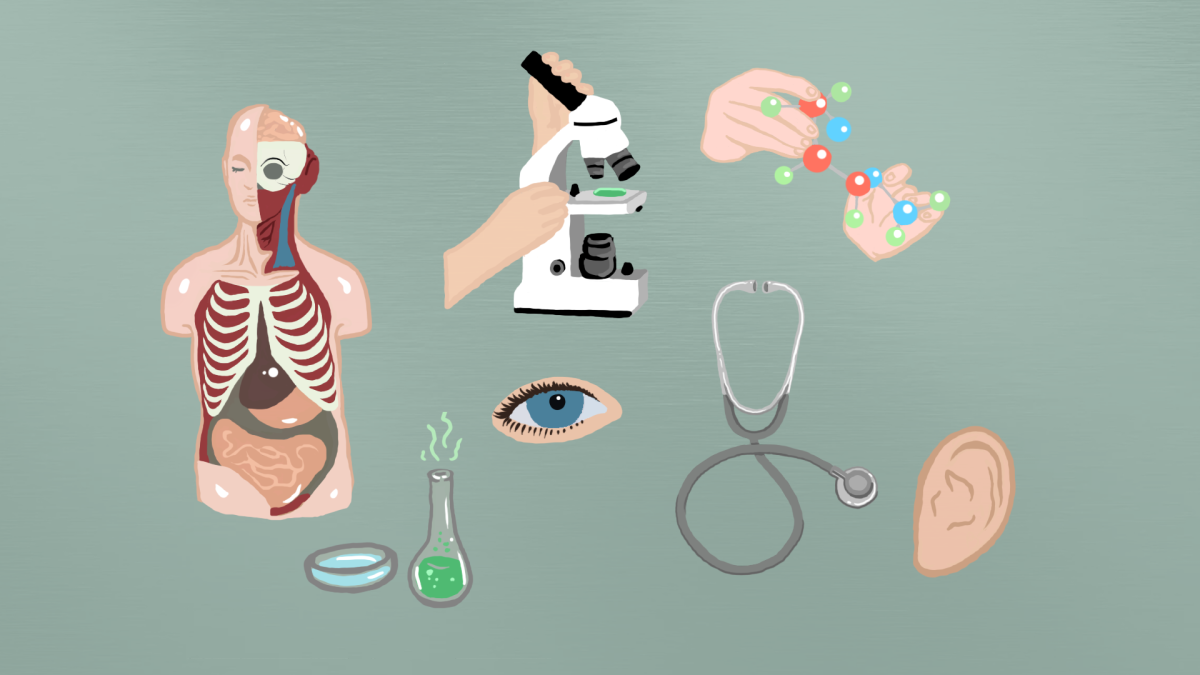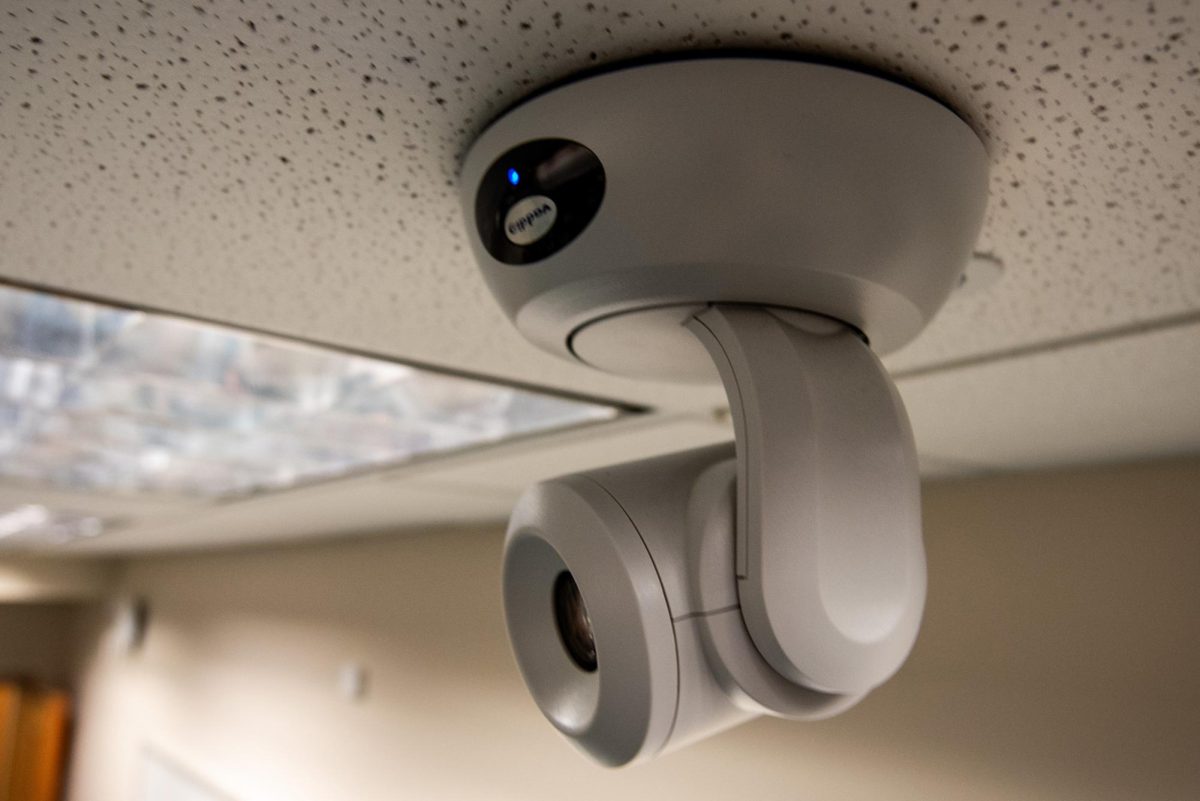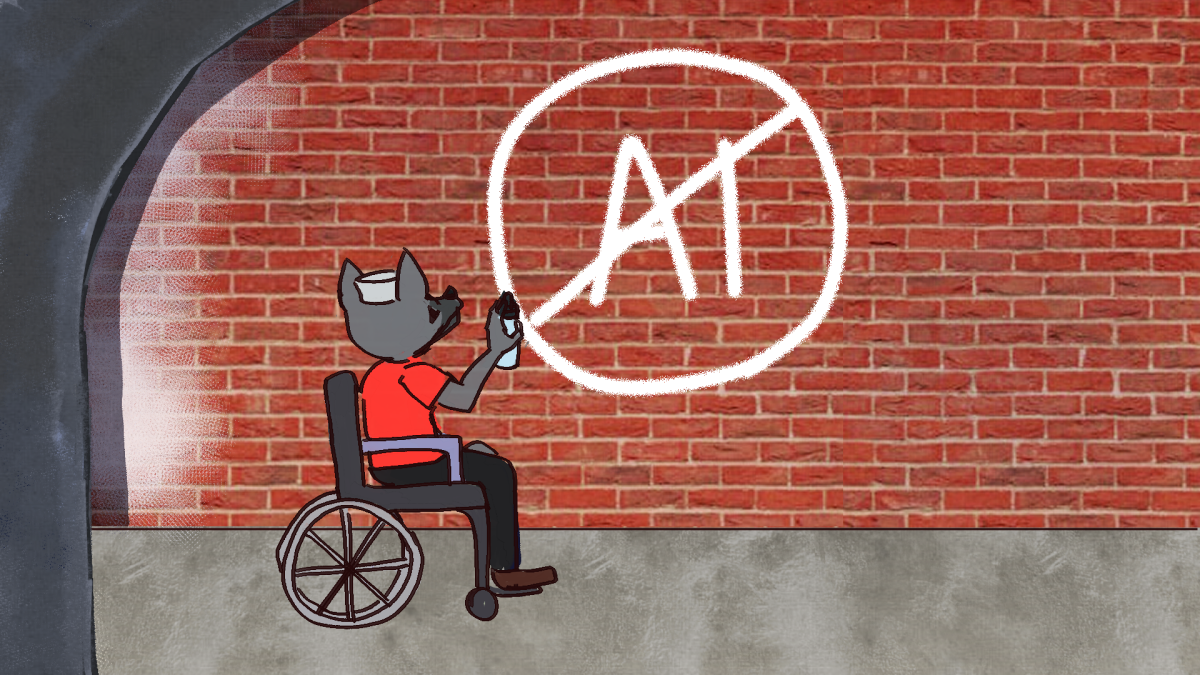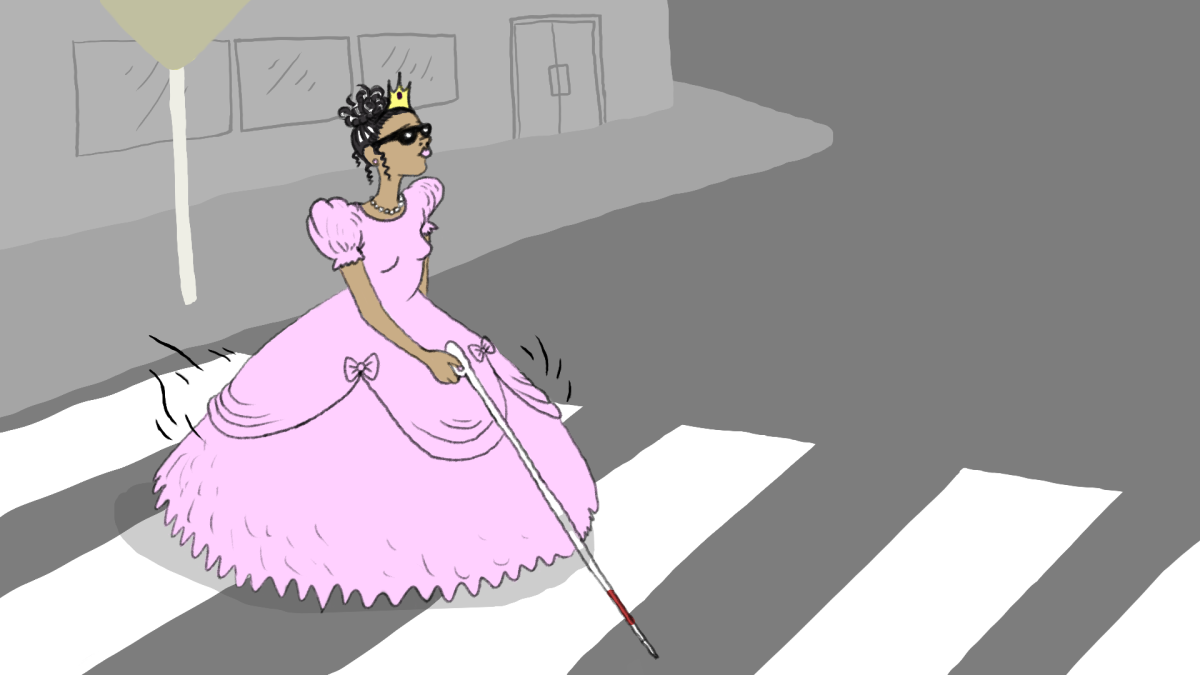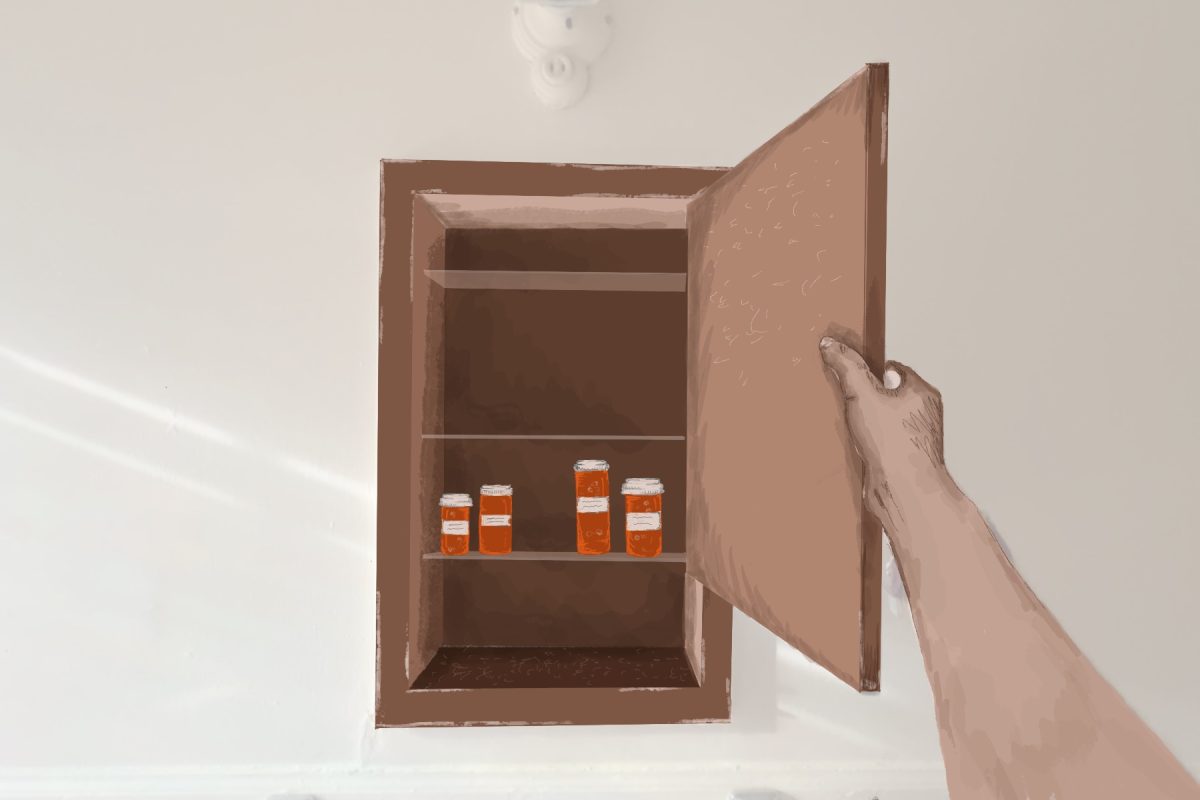Editor’s note: This article contains references to drug use and addiction.
Nina Simone spent her entire life with one goal in mind: following in the footsteps of her heroes Bach, Brahms, Chopin and Schubert. The prodigious Eunice Waymon, as was her birth name, dreamt of growing up to be the first Black female concert pianist. As we approach 21 years since the death of the North Carolina native and “High Priestess of Soul,” why do conversations about the musician still center on her mental health and sexuality?
Nina Simone was an earnest and true artist, indifferent to the prospect of securing a recording contract. Her dedication remained to her craft. Simone’s talents were inspired by the greats and inspiration for the greats. She has been praised by the likes of Miles Davis, John Lennon, Aretha Franklin, Cat Stevens and more. Why is it, then, that when Simone is brought up, it is in conversation about complex women and tortured artists?
Nina Simone was, without a doubt, a complicated woman, but she is no more complex than Miles Davis or even her civil rights contemporaries, Rev. Martin Luther King Jr. and Stokely Carmichael.
Nina Simone was a troubled Black woman from a large, rural Carolina family. Diagnosed with bipolar disorder, drug-addled and drunk, her darkness poured into her work. She couldn’t help but express her madness through music. This is typically the narrative when discussing Simone and other talented women. By claiming they couldn’t help but create masterpieces of art, we are saying deliberation is not a trait women possess.
When discussing mental illness and art, we have a habit of characterizing men as talented despite their struggles and women as gifted because of their struggles. “The Bell Jar” is not the work of Cambridge alum Sylvia Plath; it is the work of a deeply troubled housewife who didn’t know what to do with herself.
Eunice Kathleen Waymon was born Feb. 21, 1933, in Tryon, North Carolina. Simone’s musical inclinations were nurtured as a young child by her father who was a barber, dry cleaner and entertainer, and she was encouraged to perform by her mother, a Methodist preacher. She played piano at church for her concert debut at age 12.
This recital was pivotal for the future civil rights activist. Simone’s parents, who were seated in the front row, were forced to move to the back of the church to make room for white people. Simone refused to play until her parents could return to their seats in the front row.
Simone received monetary support from friends and family to pursue her musical talents outside Tryon. A local fund allowed her to attend Allen High School for Girls in Asheville. Following her graduation as valedictorian, she studied under Carl Friedberg at Julliard in New York. She was preparing for an audition at the Curtis Institute of Music in Philadelphia, where she was ultimately denied admittance. Her audition was very well-received, which led Simone to believe the rejection was due to racism. This initial rejection was the first of many throughout the course of Simone’s career.
Despite critical acclaim, Simone wasn’t able to experience mainstream success, and, more importantly, she never enjoyed the financial fruits of her labor.
Nina Simone was a prodigy, just like Miles Davis and Mozart. At just 6 months old, she could recognize musical notes, and by 3, she was fully capable of playing piano by ear. Her talent was undeniable long before she took her first drug or had her first affair. Simone’s skills were not fine-tuned by her emotions but rather by the most prestigious music institution in the world.
This isn’t to trivialize her struggles or suggest they had no impact on her work. They certainly influenced the subject matter of her songs, but my point is that Simone’s emotional state is not responsible for the quality of her work.
Simone was led to the Atlantic City jazz club that started her career as a vocalist for the very practical reason that it paid double what she was earning teaching piano in Philadelphia. She adopted her stage name for an even more practical reason: She didn’t want her mother to know she was singing in a seedy bar. There was no spiritual motivation; she didn’t feel trapped within the confines of her Southern Methodist roots — she simply found a way to make more money and did what any reasonable person would do.
All artists are influenced by their emotions, and all people, regardless of their field of interest, deal with complex and challenging emotions. Our habit of referring to talented individuals who belong to marginalized groups as “tortured artists” is another way to justify our subconscious belief system that art created by cis-gendered, white men is not only superior, but the default.
If it wasn’t clear already, Nina Simone had more talent in her pinky finger than many men have in their whole body, and this talent did not manifest because of her emotional instability but because of her lifelong commitment to honing her skills in the same vein as the composers who inspired her.



